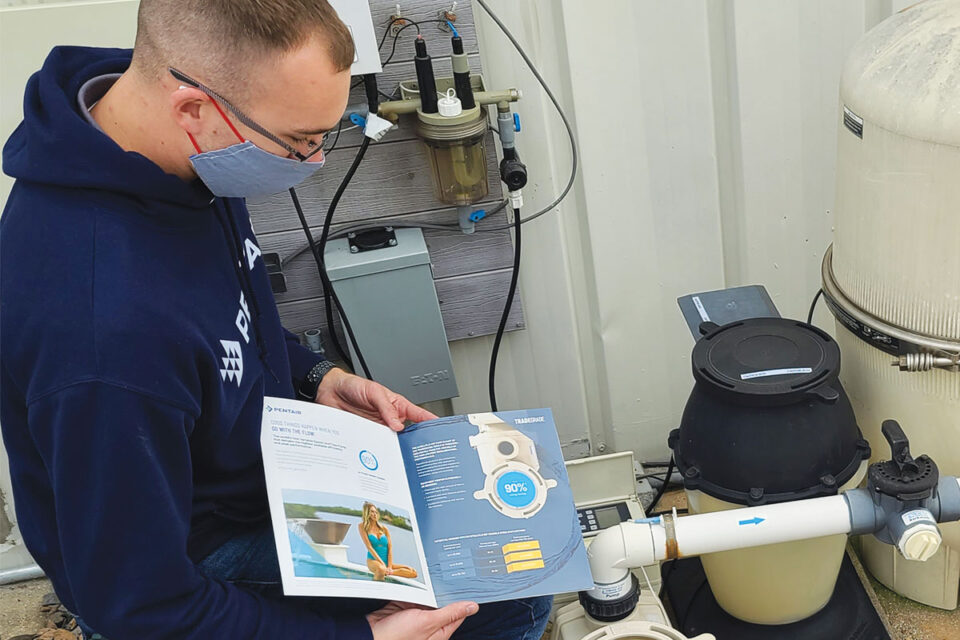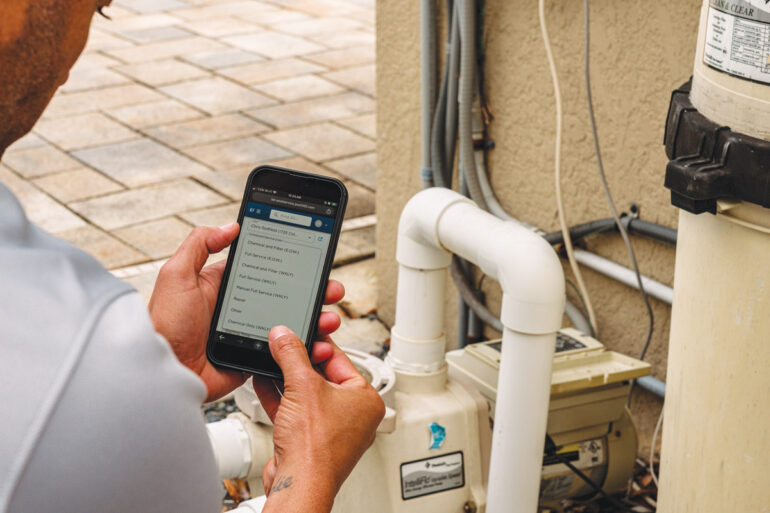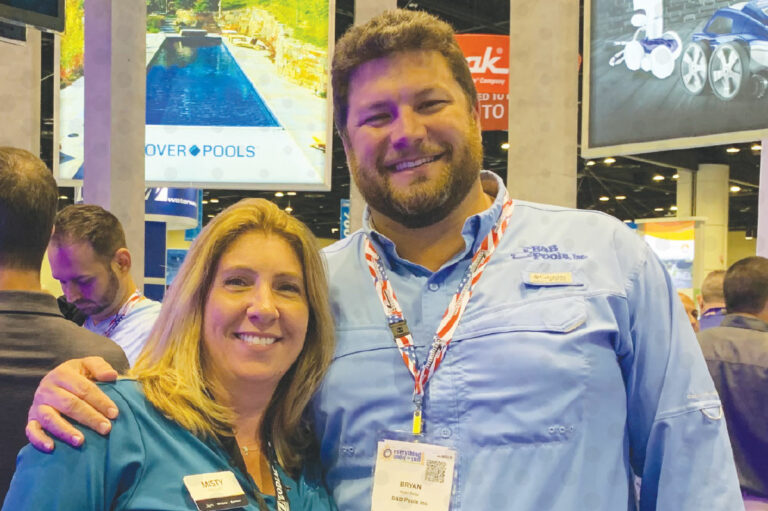Energy Audit for Commercial Pools

*Sponsored Content brought to you by Pentair
Having experienced significant revenue loss over this past season due to the coronavirus pandemic, commercial aquatic facilities are looking for ways to reduce their operating costs when they are able to reopen. In order to help these aquatic facilities survive, pool professionals need to proactively do an aquatic energy audit with facility managers. Since pool pumps are the greatest consumer of energy in the pump room, they should be the first piece of equipment targeted for evaluation. Upgrading commercial pools with a variable-speed pool pump is a sure-fire way to reduce energy usage and lower the pool’s operating costs.
Benefits of VSPs for commercial pools
An aquatic facility manager might not fully understand how the pool pump works and why a variable-speed pool pump will immediately reduce the pool’s operating costs. “It’s important to explain how pool pump speeds affect energy usage,” says Mike Fowler, commercial sales manager at Pentair.
Fowler explains that, historically, pool pumps with induction motors only operate at one or two speeds and, therefore, tend to draw more energy than is required to circulate pool water. “It takes far less power to simply keep the pool water filtered — a difference single-speed pumps cannot address,” Fowler says. “Where variable-speed pumps differ is in their ability to be programmed to operate at set speeds to deliver the correct flow rate so they can also be programmed to achieve turnover times of exactly six hours, even if the filter is dirty.”
Some VSPs have built-in, constant-flow software, which maximizes the advantages these pumps have to offer, automatically adjusting speed to deliver the required flow rate for each programmed task. For example, as the filter accumulates dirt, the pump will sense resistance in the circulation system and automatically ramp up its speed to continually provide the proper flow rate. This is another selling point that facilities can promote to their patrons — that their new pump room equipment will help ensure cleaner, safer water for bathers.
No matter what type of pump is being used, however, slower pump speeds save energy. They also dramatically reduce noise levels as well as wear and tear on the other pool equipment the water flows through. Therefore, VSPs enable an aquatic facility to reduce energy consumption and lower both the immediate as well as long-term operating costs.
Eliminate sticker shock
Even with the advantages above, some facility operators find the cost of a VSP hard to justify. But before ruling one out, the price of a new pump should be compared to the expense of doing nothing. Knowing the potential savings that will come from upgrading equipment is the first step in renovating an aquatic facility pump room. “When an aquatic facility sees on paper that they can save from $300 to $1,000 a year in electricity costs, or in some cases potentially more, it becomes much easier to decide there is a need to upgrade pump room equipment,” Fowler says.
For example, an aquatic facility using a single-speed pump may have operational costs up to $900 per year. After five years, the facility will have spent $4,500 to operate the pump. Comparable operational costs for a facility with a well-designed circulation system that uses a VSP, however, may be as little as $200 per year. During the same five-year period, it will cost the facility less than a quarter of the amount it would have spent using a single-speed pump.
Cost savings will continue to multiply the longer the VSP is used (costs and savings will vary by region). The initial cost of a VSP can typically be recouped during the second year of operation. Plus, with the substantial energy-use rebates that some local power companies offer, in conjunction with the savings in daily operational expenses, some end-users are getting back approximately 50% of the pump’s cost in less than a year.
Online cost calculators are available for use by pool professionals to calculate the cost of electricity for any one particular piece of pump room equipment. Pumps are a great place to start because they are big electricity users. The calculator will start ask questions about the aquatic facility — so be ready to know how many gallons of water are in the pool and the turnover time of the pump. Calculators will also need to know if there is a minimum required flow rate, the number of days the facility is open per year and how long per day the facility is open and equipment runs. Be sure to have an electric bill handy to enter the cost per kWh of electricity and the horsepower of the existing pump. Calculators will even take into consideration the suction and return pipe size and the estimated flow rate.
“By entering this information into these cost calculators, pool pros can quickly identify the power demand and energy use per day and more importantly, the cost by year,” Fowler says. “Comparing the figures of current equipment to the electricity usage figures of a new, energy efficient pump will put the savings figures in black and white.”

Get ahead of the game
With commercial pools closed, now is the time to reach out to aquatic facility managers and seize the opportunity to do a pool pump room energy audit. Remember, not only will the facility reduce its energy consumption to save costs, it will also likely receive sizable rebates from local utility companies for using energy-saving technology in the pool’s circulation system. Be sure to consult the local utility company to support your VSP upgrade proposal. With over 322,000 commercial aquatic facilities in the U.S., pumping 70 billion gallons of water, utilities are looking at commercial aquatic pump rooms as an area where they can get quick reductions in power demand.
The DOE regulation effects all single-phase pumps from 1 to 3 horsepower, so if a commercial facility has one of these, and the pump goes down, it will have to replaced with a variable-speed pump. Plus, although the new DOE legislation on pool pumps doesn’t directly apply to commercial aquatic facilities, because of the legislation, many manufacturers are already phasing out single-speed pumps. As a result, replacement parts are going to be difficult to find or not available. This is another fact to point out to facility managers. By proactively replacing their single-speed pool pump to a variable-speed pool pump, their energy bills will immediately drop and they will be ready for a successful aquatic season when their pool reopens.
Make the future bright
Facility managers can promote these upgrades as a way to continue to engage their patrons. While explaining new safety protocols, aquatic facilities can also inform patrons of their pump room upgrades. Not only will an upgrade to a variable-speed pump lower the pool’s energy consumption, it will also help keep the pool water cleaner and safer.
*Sponsored Content brought to you by Pentair





